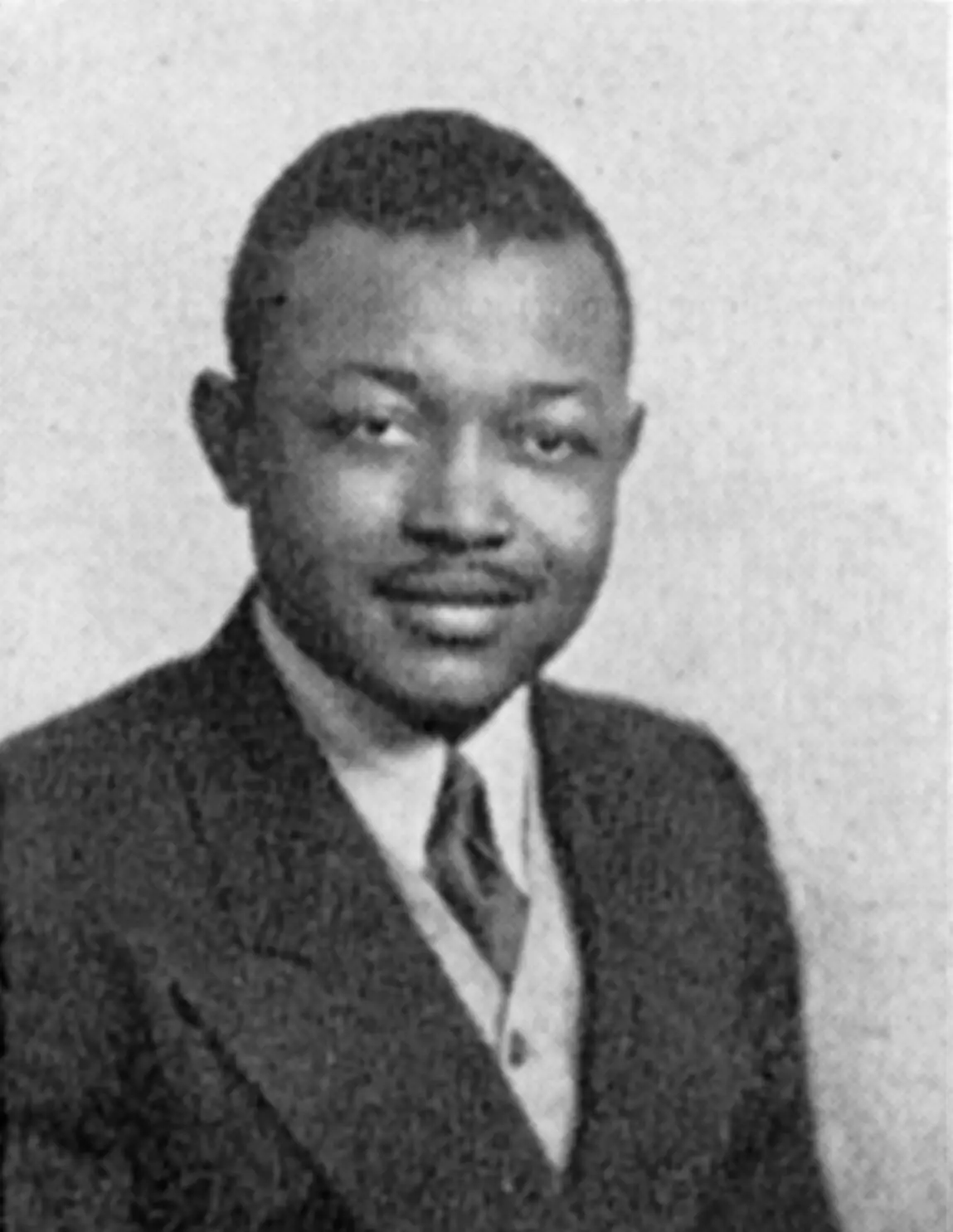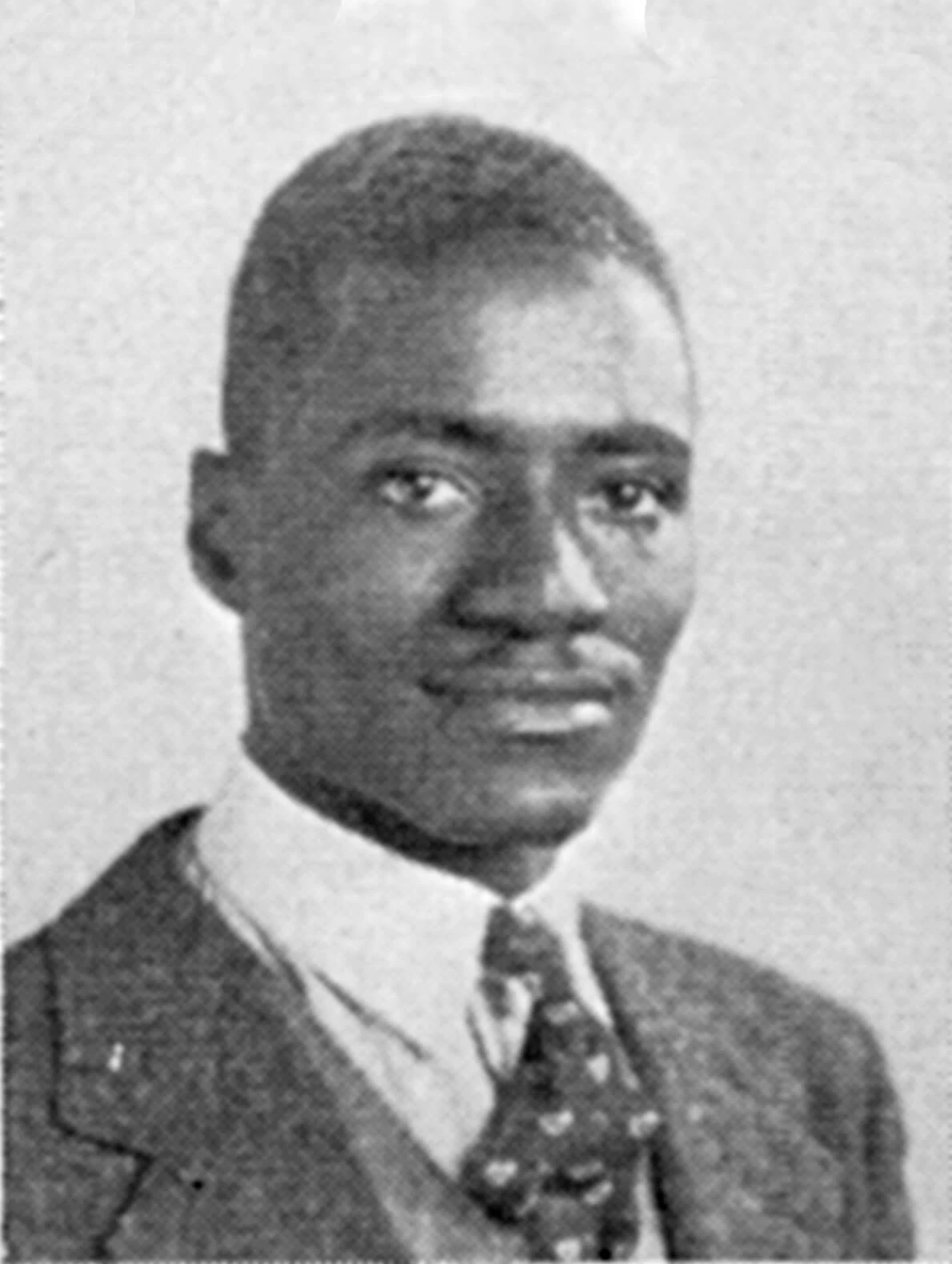Search
Looking for something in particular? Search for it here.
Looking for something in particular? Search for it here.
Administrators at Illinois State Normal University (ISNU) did not allow African American students to live in campus housing, though they could attend classes and earn degrees.
Many white residents did not want African Americans living in their neighborhoods.
African American students who came from out of town faced the challenge of finding affordable housing in order to attend school.
Most African Americans living in Normal did not have the space to house African American students.
In the late 1930s and early 1940s Elroy Young, Richard D. Ruffin, George A. Cross, Elon DeBois, Lincoln B. Calvin, and many others came to Normal hoping to get a degree at ISNU.
These bright young men all gained admission to the school. But they did not live in the area, so they each still had to find a place to live and cook meals in order to attend school.
Fortunately for them, each learned about Lue Anna Brown Sanders Clark—one of only a few African Americans living in Normal who had the space for boarders.
Clark, who worked in the laundry at the Illinois Soldiers’ and Sailors’ School at the time, was pleased to share her home with the students. She charged them a fair rate of $2.50 per week (equal to $88 in 2017) for housing and use of her kitchen.
Clark stood out among those who rented to Black students because she really wanted to make a difference in the lives of the young men she housed.

Clark already knew Elroy Young from Cairo, Illinois. He was interested in becoming a doctor, so she invited him to stay with her while he attended ISNU and didn’t charge him. He eventually became a highly successful orthopedic surgeon in Baltimore, Maryland.


Clinton resident Elon DeBois completed a degree from ISNU in science, then went on to become a successful physician in Gary, Indiana.

Because of the housing Clark provided, each of these students, as well as many others, completed course work at ISNU and went on to be very successful.
Despite having degrees, none of these talented young men stayed here—because they were Black, not one would hire them in the career of their choice.
What words best describe why African American students were not allowed to live on ISNU’s campus?
How many Black students do you suppose missed out on a higher education at ISNU because they could not find housing?
What would this community be like today, if the many Blacks who graduated from ISNU during this time had found work in their profession in McLean County?